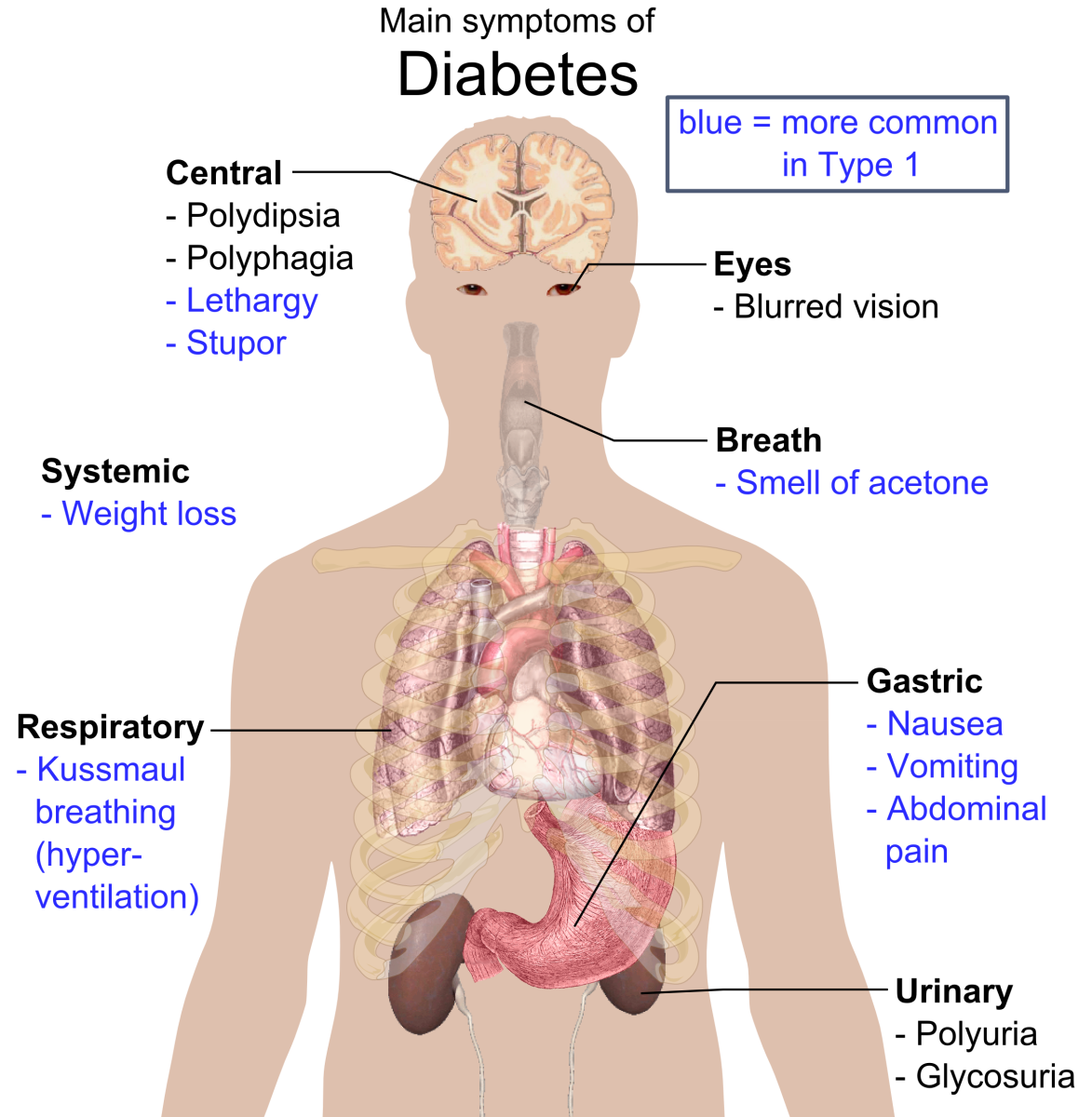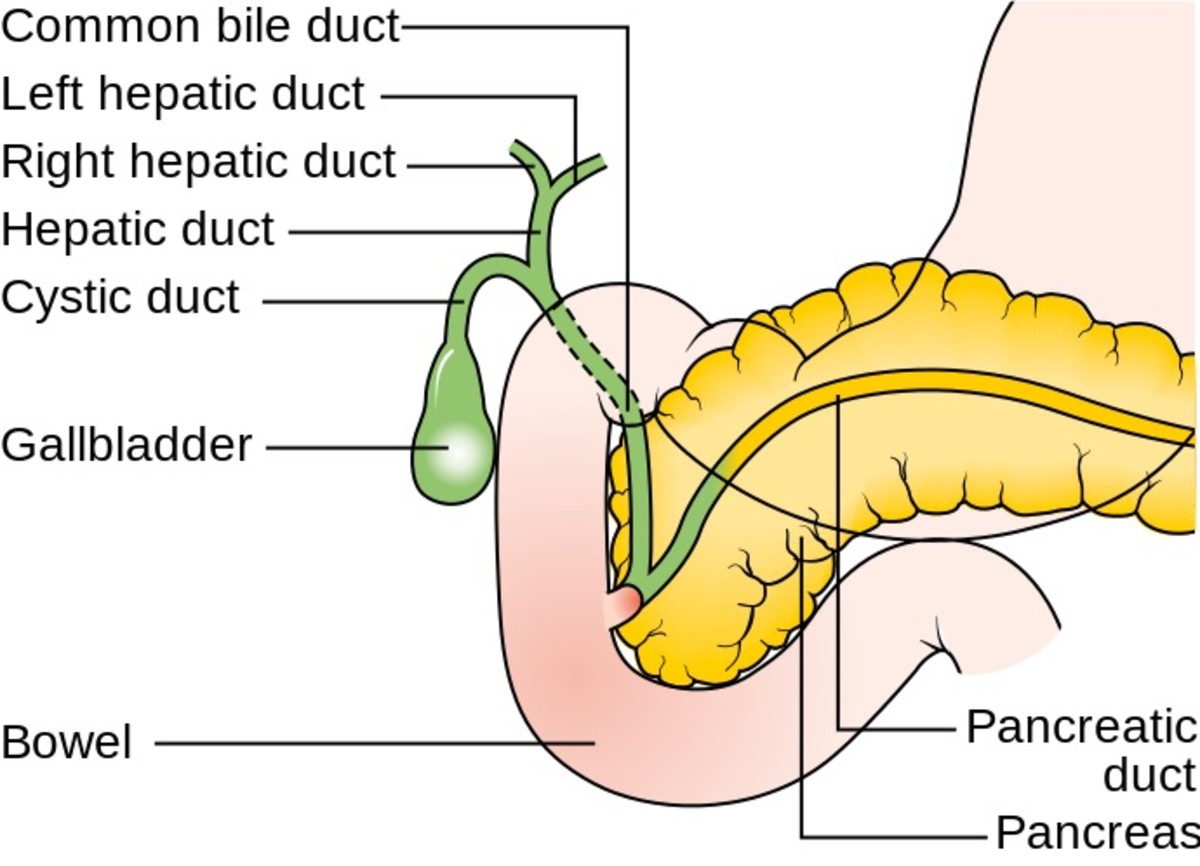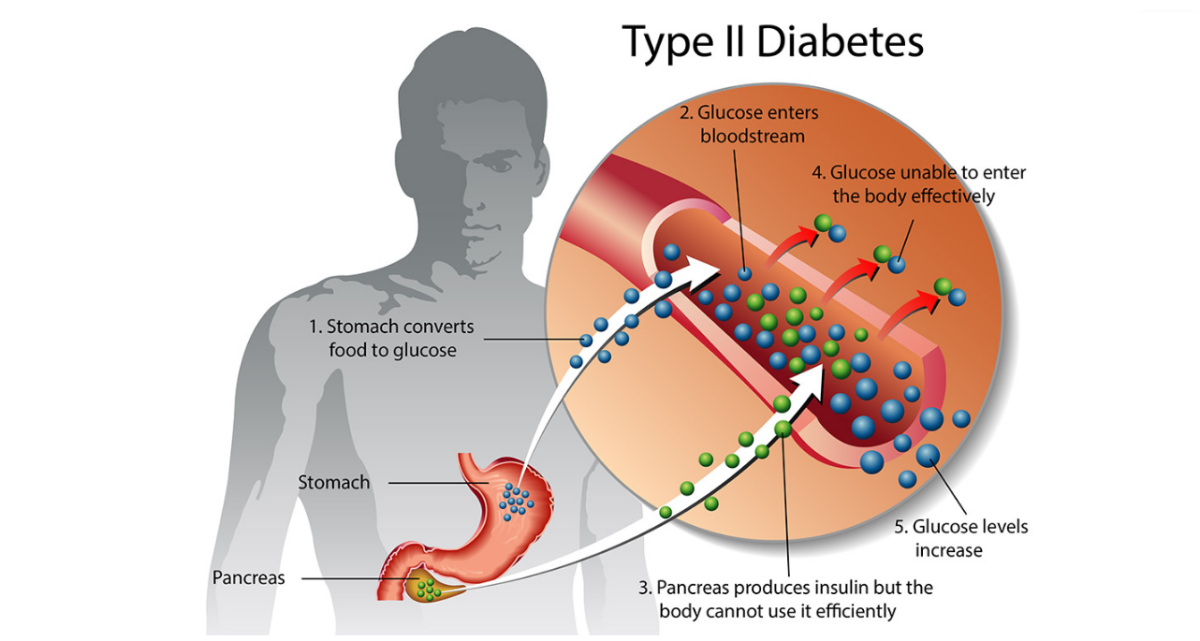How To Prevent Getting Diabetes

Do You or Anyone of Your Family Members Have Diabetes?
The Fundamentals of Diabetes - A Definition
Diabetes is a chronic condition afflicting an estimated sixteen million
people in the United States. Although the causes are not yet apparent,
diabetes is affecting an increasing number of the population to such an
extent that public health authorities have decreed the situation an
"epidemic" deserving immediate action.
Further, out of the
sixteen million people who are afflicted, approximately one-third have
no idea that they are diabetic. Eight hundred thousand new cases are
diagnosed annually. More than six percent of the populace is presently
afflicted, and estimates are that almost nine percent of people in the
United States will have been diagnosed as diabetic by 2025. The annual
cost of the treatment of diabetes is said to be almost $100 billion in
the United States.
Diabetics are incapable of utilizing the
glucose of food to provide for their energy. Since it is not processed
properly, this glucose builds up in the person's bloodstream and is
detrimental to the kidneys, eyes, heart and nerves. When it is not
treated, diabetes may result in serious complications. In fact, it is
among the leading reasons for death and disability in America.
But
on a positive note, diabetics, with adequate medical care, are able to
enjoy normal and comfortable lives. A good portion of this care is
"self-managed," which indicates that those suffering from diabetes will
need to take individual responsibility for their own care on a daily
basis.
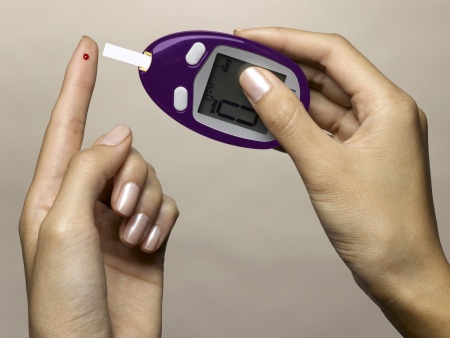
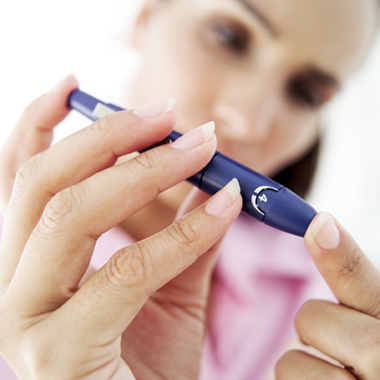
Diabetes type 1 and 2 Comparison
As you may well know, Diabetes is a condition which can cause high levels of sugar in our blood. You may also know that there are two different types of Diabetes; Type 1 and Type 2. Do you know the difference between them though? If you don’t then you are on the right page! I am going to explain to you what the differences between the two types are, as well as highlight a couple of the similarities.
The main difference between the two is down to the production of insulin. In Type 1 Diabetes no insulin is produced at all. This means that has the body has no way in which to control the amount of sugar in the blood. Type 2 Diabetes is slightly different. If you suffer from the condition then insulin will be produced by your body. However for a variety of reasons your body would have built up a resistance to the insulin, and thus it will not be effective at all.
Generally speaking, Type 1 Diabetes is a condition diagnosed during childhood. This is because medical experts believe that it is an inherited condition. To be perfectly honest though, we really don’t know what causes that chain reaction to cause your body to stop producing insulin. In the minority of cases Adults may be diagnosed with Type 1 Diabetes, but this is incredibly rare. On the other hand, in the majority of cases Type 2 Diabetes is diagnosed in people over the age of thirty. It is very rare for people under this age to be diagnosed with the condition.
Diabetes is commonly looked at as being something related to obesity. This is not completely true. Type 1 Diabetes is a condition which can rear its ugly head no matter what size you are. In fact, it is more common in those that are a healthy weight as opposed to those that could be classified as obese. Type 2 Diabetes on the other hand IS a condition which normally occurs in those that could be classified as obese. In fact, in 80% of cases, those that are diagnosed with Type 2 are those that are obese.
Finally, Type 2 Diabetes for the most part can be managed without medication, at least during the early stages. In fact, there may come a point where you don’t need to take medication again. On the other hand, Type 1 Diabetes sufferers will always require insulin.
Of course, it doesn’t matter what type of diabetes you are suffering from, you will ALWAYS want to make sure that your blood sugar stays at acceptable levels. For that reason you will need to monitor it regularly. There are a couple of ways in which you can do this. For example, some people wear a disposal glucose sensor just under their skin. Others will use a monitoring device that requires a small droplet of blood in order to help people monitor their blood sugar levels. The choice in most cases will be up to you.
As you can see, there are plenty of differences between Type 1 and Type 2 Diabetes. If you have recently been diagnosed with the condition then it is likely that you will be suffering from Type 2 Diabetes. In this case you will be able to manage the condition almost perfectly by eating correctly. As I mentioned previously, it is very rare that you will actually need to use medication.
A Trio of Alarming Diabetes Symptoms
There are several shared symptoms between type 1 and type 2 diabetes.
Understanding the symptoms of diabetes is extremely useful in assisting a
diabetic in taking sufficient precautions and seeking treatment when
necessary. The following is an examination of three symptoms common to
all variations of diabetes.
Unintentional weight loss:
unexplained drops in weight can be indicative of diabetes. A loss of
weight is something that can be attributable to various, complicated
reasons. We need to pay the most attention to the unique features of
diabetes which are most concerning when weight loss is involved. The
usual, simple explanation for weight loss involves excess food intake.
However, in the case of diabetics, food is not processed correctly and
the body's functions are out of alignment. Thus, one may end up losing
weight, rather than gaining it.
Addition of unwanted pounds:
Oddly, weight gain is also a symptom of diabetes and can be just as
telling as unexpected weight loss. Weight gain is a common indicator of
diabetic tendencies. In normal bodies, food is transformed into energy
with the aid of insulin. Cellular disruptions and improper conversion of
food into energy are emblematic of the diabetic's condition. Thus,
diabetics have difficulty with converting foods to usable energy, and
can suffer from lethargy as a result. Excess, purposeless food intake
can result, leading to weight gain. It may be useful to keep age,
height, and weight guidelines at hand in order to keep things in check
at all times.
Unusually common urination: This can be an
additional sign of diabetes worthy of further investigation. Following
the intake of food, the body normally begins burning the fuel in order
to facilitate cell regeneration. However, type 2 diabetes sufferers are
unable to process food correctly, and the blood stream retains unhealthy
accumulations of sugars. Sizable aggregations of blood glucose then
attempt to find an outlet. One of the ways in which excess blood sugars
attempt to exit the body is through urination. Even if water intake has
been low, blood sugars are forced out through increased urination.
Diabetes Prevention: A Crash Course
Diabetes is on the rise. More and more individuals each year are afflicted with diabetes, and its rise doesn't seem to slow. The effects of diabetes are far-reaching and devastating, and may result in blindness, the destruction of kidney function, heart failure and necrosis of limbs, requiring their amputation.
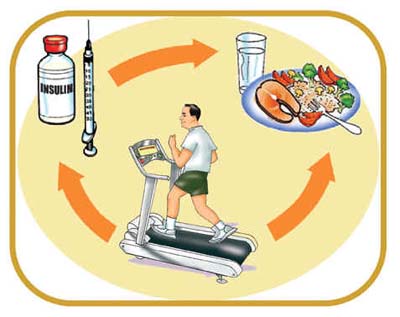
Diabetes is often a genetic condition. There is a much higher incidence of diabetes in family lines. However, all are at risk--and all can delay or prevent the onset of diabetes. Don't let your risk rise higher than it has to be. Utilize some of these simple methods for diabetes prevention:
1. Change your eating habits. Eating healthy and keeping your weight down can keep your blood sugar lower. Don't snack while you cook. If you have leftovers, let them be leftovers--you don't need to eat everything you cook in a single meal. Don't try. Always eat breakfast to keep your metabolism up and sharp. Skipping it can lock your metabolism in survival mode and lead it to preserve unnecessary sugars and fats. Keep your eating--including snacks--on as regular a schedule as possible, as this helps regulate portion control and cravings.
2. Lower your meat eating. Being carnivorous greatly increases your diabetes risk. Try to cut back to about three ounces of meat a day, or about as much meat as could be contained by a deck of cards. Try to avoid unnecessary distractions like television or computer use while eating, as this makes self-regulation of portions much easier, as you will not focus on what you are eating. Listening to music ought to be fine, but avoid anything that will engage your eyes.
3. Give up dessert. Every server at every restaurant will offer it, but always, always turn it down. To control portions while eating out, try to eat a salad to reduce your appetite and fill up space prior to your entree, and see if your dining companions will be willing to split what will almost always be a huge portion. If not, ask for a to-go box immediately after you order, or see if you can't get a half-order.
4. Use low-salt broth, when you can, to replace oil, butter or margarine in recipes that will accept such a substitute.
5. Drinking a full glass of warm water prior to eating will take the edge off your appetite in a big way--but be careful, as this can also trick your body into thinking it's completely full, which carries with it a host of problems.
6. If you absolutely must eat fast food, stick to the healthy choice menus offering salads, fruits and chicken.
7. Exercise, exercise, exercise. Exercise is the second-most important aspect of diabetes reduction after diet modification. Walking, swimming, and other low-impact cardio exercises. Try to team up with friends to make the activities more enjoyable and keep you honest and committed to the task.
This handful of simple lifestyle modifications can promote greater health and leave you feeling excellent every day of your greatly-extended life. Don't succumb to diabetes--be the first in a number of cases that won't ever happen.
Related Pages
- Feet Caring Blog: 5 Foot Care Procedures for Diabetics
The feet are important part of our bodies. Many neglect the feet, but it should need to be known that feet-care can really be beneficial for our health.


